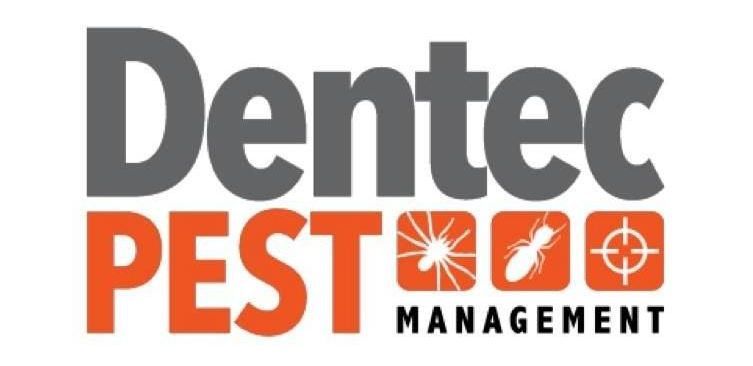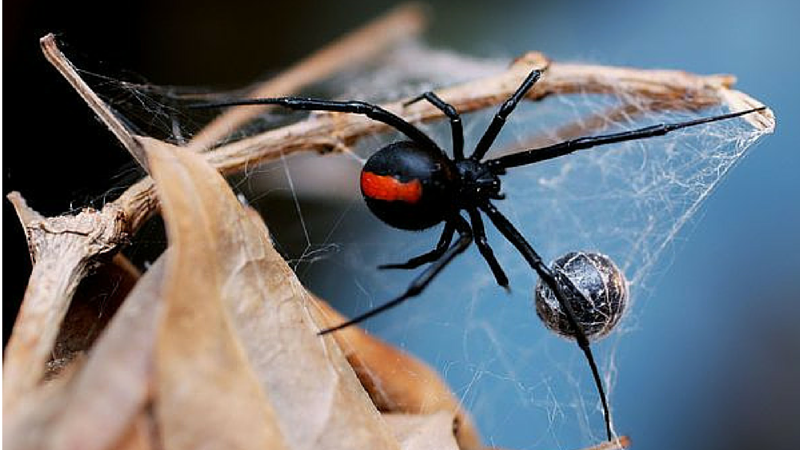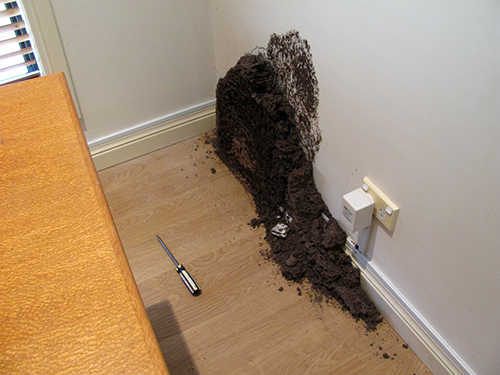The Lifecycle of Termites: Understanding Their Growth and Development
The Lifecycle of Termites: Understanding Their Growth and Development
Termites live in colonies and each member of a colony has a specific role to play so that they help to preserve and protect the colony and assist in its growth. They are extremely social insects and exist within a caste system, which means their role is set for them and they have particular tasks to perform when they become adults.
The whole purpose of the caste system is to ensure the health and growth of the colony and to enable other colonies to be established so that the termite population expands. This is bad news for property owners since their buildings and contents are at risk from termite infestations. Understanding the way termites live and develop may help you to identify any problems, including how long termites live in a house, and take the necessary action before it is too late.
The Termite Caste System
Each termite colony has a fixed hierarchy with the king and queen at the very top. Their role is reproduction, and the queen can lay between 20,000 and 30,000 eggs in a single day.
Beneath the king and queen are worker termites, soldier termites and reproductives, which all have specific roles to play. The numbers of each type will depend on the particular needs of the colony. If these needs change, it is possible for adult termites to transition between castes so that those needs are fulfilled. For example, if there is a particular threat to the colony, some worker termites could be transformed into soldiers. This flexible caste system enables an efficient division of labour within the colony and ensures its success and survival.
The lifespan of a termite queen can be up to fifty years while workers and soldiers live for only one to two years. A termite colony can take three to five years to reach full maturity for subterranean termites or two to ten years for dry wood termites. How long do termites live in wood is determined by the availability of food, the presence of predators and environmental conditions such as the moisture and temperature levels. Once mature, colonies can often survive for as long as fifty years and the life and health of the colony depends on how well the individual members work together.
Termite Life Cycle Stages
The life cycle of termites follows a distinct pattern that ranges from birth through to adult stages. Unlike insects such as butterflies, termites do not have a pupal stage. Instead, they go through a process of incomplete metamorphosis, gradually developing until they reach adulthood.
- Eggs. These are laid by the queen and are the start of the life cycle of termite development since they create the next generation of termites. The eggs are placed in underground chambers in clusters and are cared for by worker termites. The eggs are small, white in colour and translucent.
- Nymphs. A nymph is an immature termite that emerges when the egg hatches. Each nymph is either a pale shade of tan or white and is translucent, typically looking a little like a maggot although they do have many termite features at this early stage.
Nymphs go through several termite stages, firstly developing a hard, external exoskeleton. This is eventually shed and the soft exoskeleton beneath will then harden. As a nymph matures, it becomes larger and darker in colour, and the moulting process may be repeated up to three times. Nymphs cannot eat wood but instead are fed by worker termites until they mature and become adults. The length of a nymph's development will generally depend on the availability of food and the threat from predators. - Adult termites. When the nymphs grow into adult termites, they automatically become a specific type of member within the caste system, with the actual type being determined by the needs of the colony and pheromones released by the queen. They may become:
- worker termites, which are relatively small with soft bodies and no wings. They are responsible for making contributions to the success and continuation of the colony. They forage for food and feed other members of the colony, such as nymphs and soldiers that cannot feed themselves. These workers are therefore the termites that destroy property because they feed on wood to obtain cellulose as the major food source.
The workers also care for the eggs as well as digging out tunnels and chambers to develop and maintain the nest to ensure the safety and growth of the colony. They communicate through pheromones and chemical signals and are highly social creatures that work as a team for the good of the colony. These types are hard workers that enable the colony to survive, expand and prosper, although this is often at a great cost to property owners. - soldier termites whose role is to protect the colony against threats that can include predators and other termites. Their main form of defence is a large, powerful head with mandibles that are not suitable for feeding and so they need to be fed with digested cellulose by worker termites.
Soldiers are larger than worker termites and their appearance varies between different species. The variations tend to relate to the heads and mandibles, some being elongated while others are bulbous or triangular. These differences lead to alternative defensive strategies against enemies. - reproductive termites can be of three types. Primary reproductives are the king and queen, which have well-developed reproductive systems, are founders of the colony and are responsible for its growth and for establishing new colonies. Secondary reproductives help to maintain the size and growth of the colony and may take over if the primary reproductives die.
Alates or swarmers are winged termites whose purpose is to establish new colonies and be their kings and queens, so they are important in expanding the termite population. Swarming usually occurs in spring or early summer, often after a period of rain when there is high humidity and warm temperatures. The alates leave the colony, find a mate and then shed their wings before establishing a new colony.
Many hundreds of swarmers will leave the colony but very few survive. The question of how long do termites live after they swarm, very much depends on the situation. They need wind currents to carry them to their destination because their wings are not strong, and many are eaten by predators while others die from dehydration or injuries sustained during their journey. The ones that do manage to survive will reproduce and form new colonies so that the whole cycle starts over. This is the time when properties are most at threat from termites, since a new colony will get established and grow, increasing the demand for termite food, which means the workers consuming more wood.
Protecting Against the Termite Threat
Knowing the life cycle of termites can help you identify their presence and the danger they present. In particular, if you see termite swarms or discarded wings, these will indicate that a new colony may be being formed, which is a big threat to your property.
If there are any signs of termites on your property, don't ignore them and take the risk of them becoming established because a termite infestation will be very damaging and costly. We can check for the presence of termites and other pests and eradicate them before they become too much of a problem. Do not delay but contact us immediately.
This is a subtitle for your new post
The body content of your post goes here. To edit this text, click on it and delete this default text and start typing your own or paste your own from a different source.



